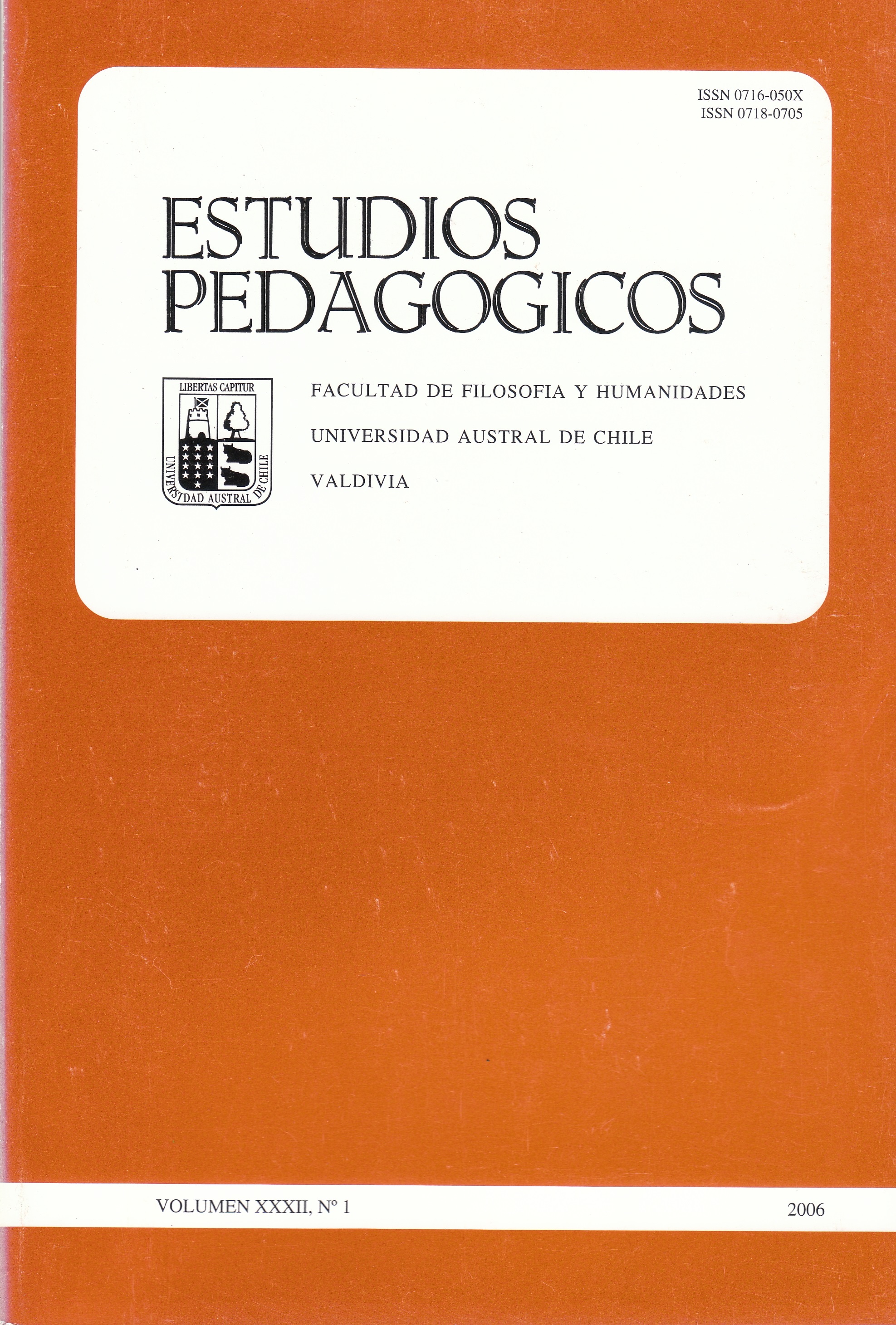ESTILOS DE APRENDIZAJE Y ESTILOS DE PENSAMIENTO ENTRE ESTUDIANTES UNIVERSITARIOS
Contenido principal del artículo
Resumen
Los objetivos de nuestro trabajo de investigación fueron:
Identificar los estilos de aprendizaje y los estilos de pensamiento de estudiantes de la Universidad Mayor de Temuco; correlacionarlos entre sí y verificar su incidencia en el rendimiento académico.
Metodología: Se trabajó con una muestra de 226 estudiantes de segundo año de Artes, Economía y Educación, de los cuales 97 eran varones y 129 mujeres. Se les aplicaron dos instrumentos: El Gregorc Style Delineator (DEG) y el Diagnóstico Integral de Dominancia Cerebral (DIDC).
Los resultados de la aplicación del DIDC fueron: Los sujetos de la muestra manifiestan: una no dominancia; un predominio del hemisferio límbico sobre el cerebral, y del izquierdo sobre el derecho; un predominio del cuadrante B; una dominancia simple.
Los resultados de la aplicación del DEG fueron: Entre los sujetos de la muestra se advierte que: el estilo dominante es el Secuencial Concreto, y el menos dominante es el Casual Abstracto; tienden a preferir más lo secuencial que lo casual, y más lo concreto que lo abstracto como modalidad de aprendizaje.
Casi todos los estilos de pensamiento se asocian significativamente con casi todos los estilos de aprendizaje; los estilos de pensamiento tienen un efecto estadísticamente significativo en los cuatro estilos de aprendizaje. Las carreras de estudio producen un efecto estadísticamente significativo en los estilos de aprendizaje y en los estilos de pensamiento. Hay una fuerte interdependencia y relación entre las calificaciones y el estilo Secuencial Concreto.
No existe asociación ni correlación positiva significativas entre los estilos de pensamiento y los estilos de aprendizaje por un lado y el rendimiento académico por otro.

